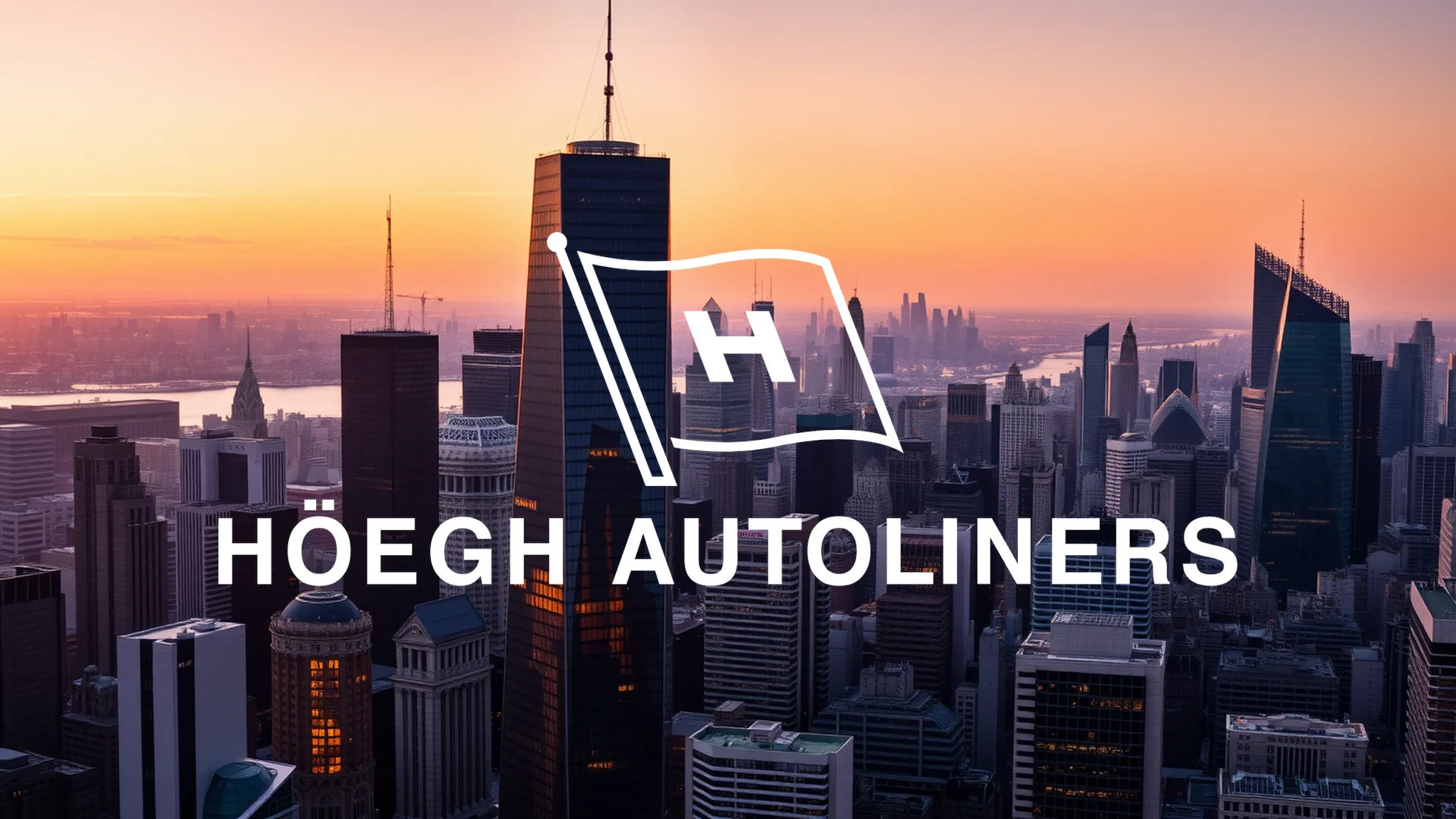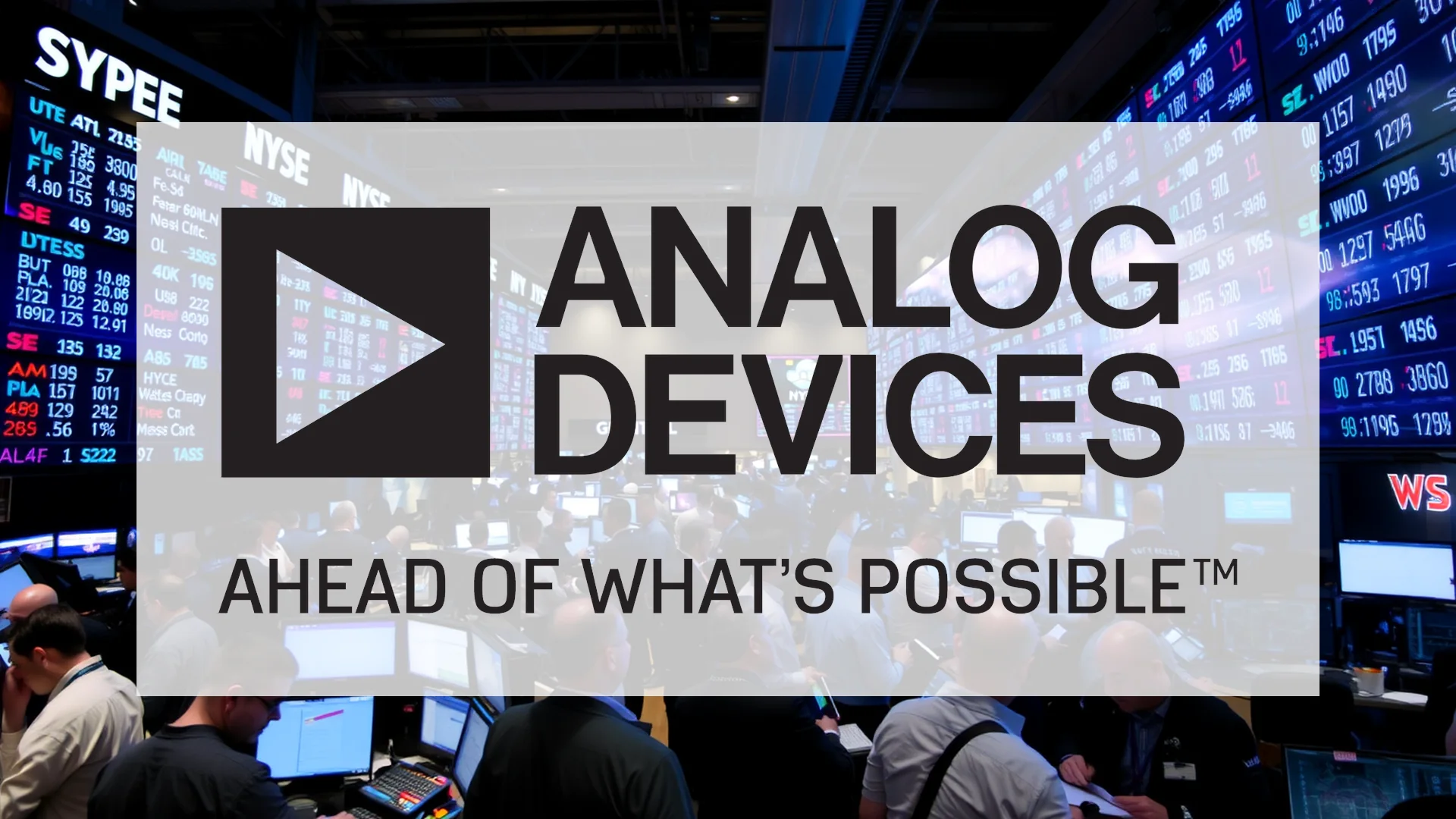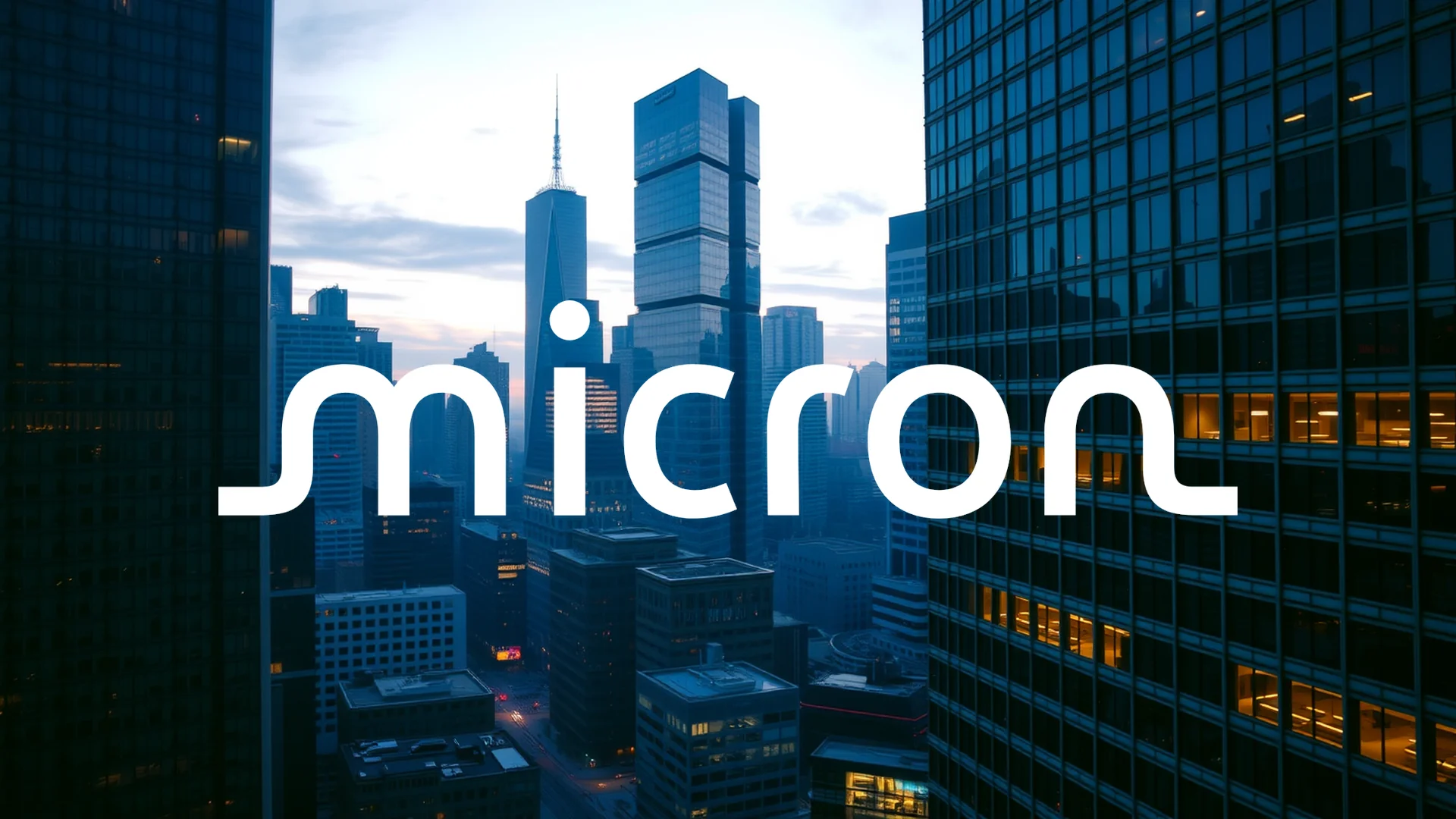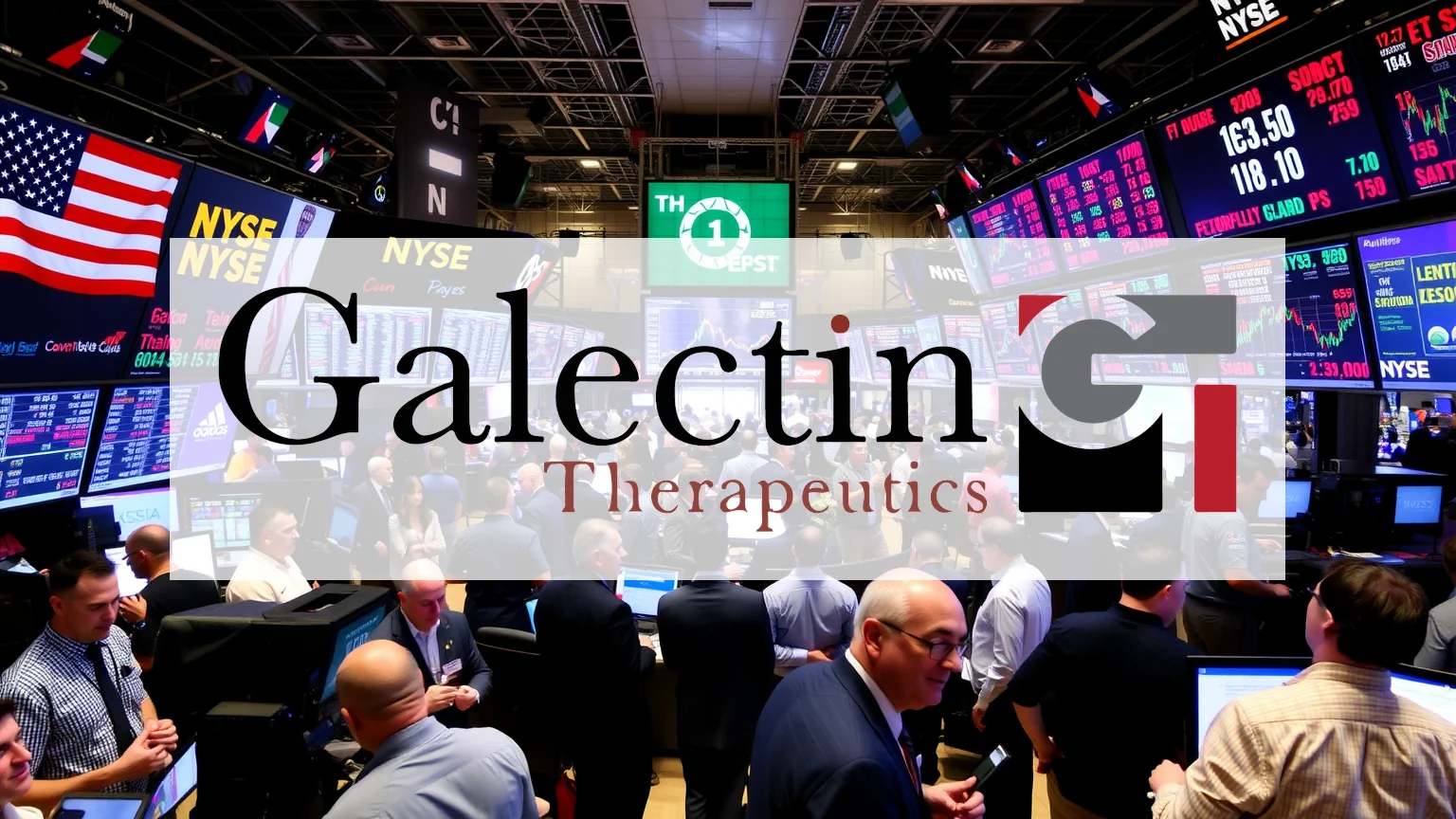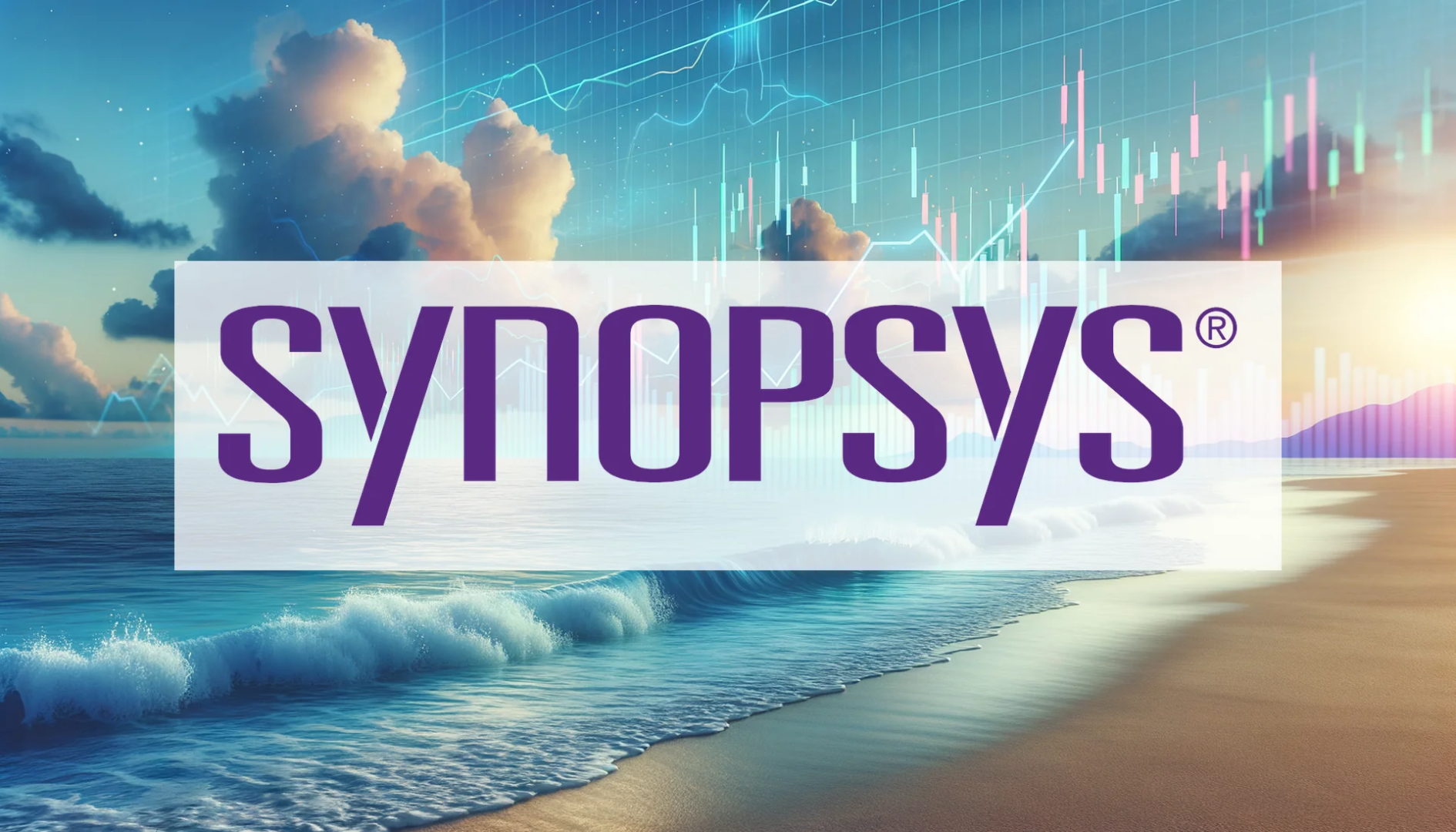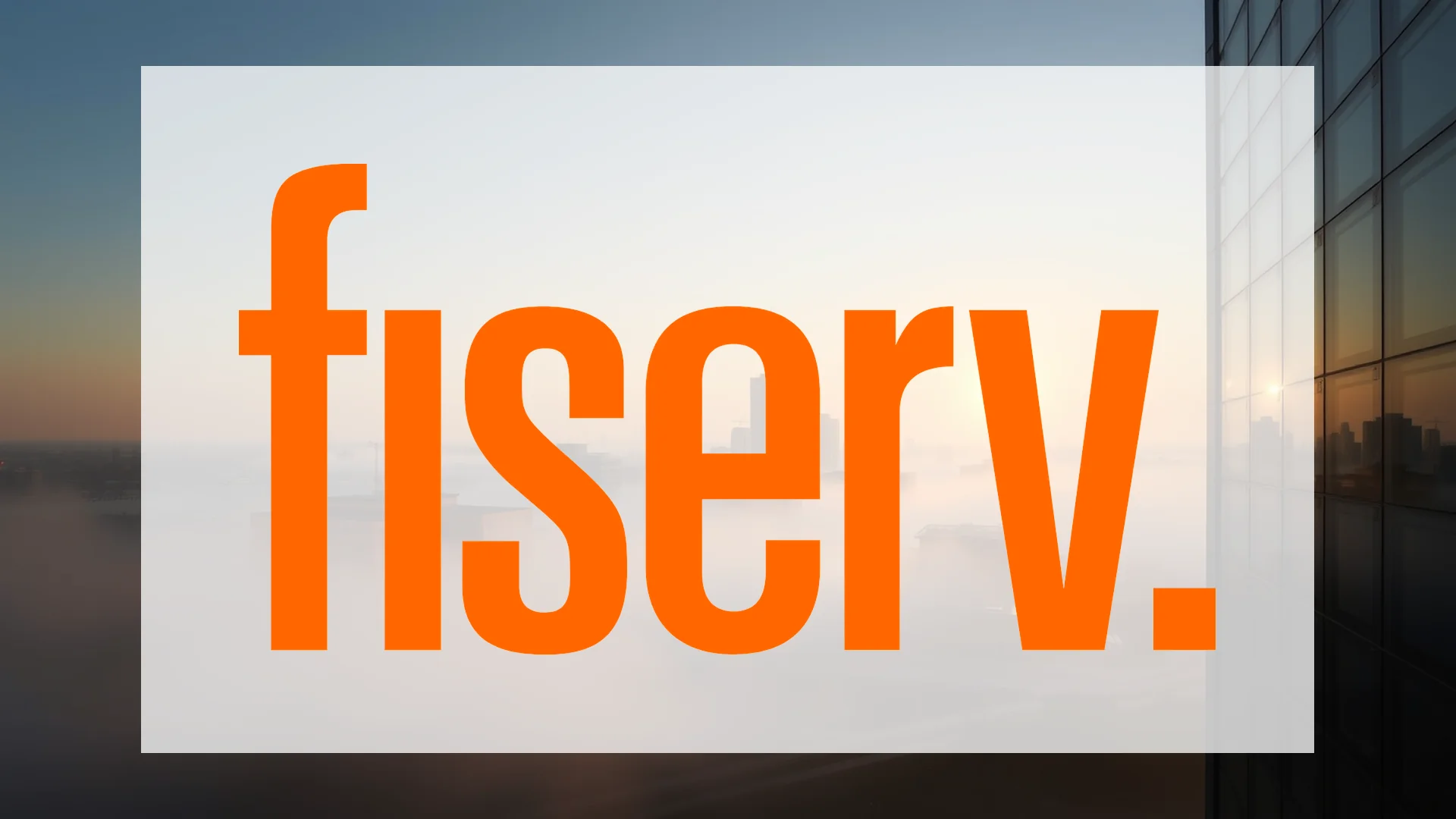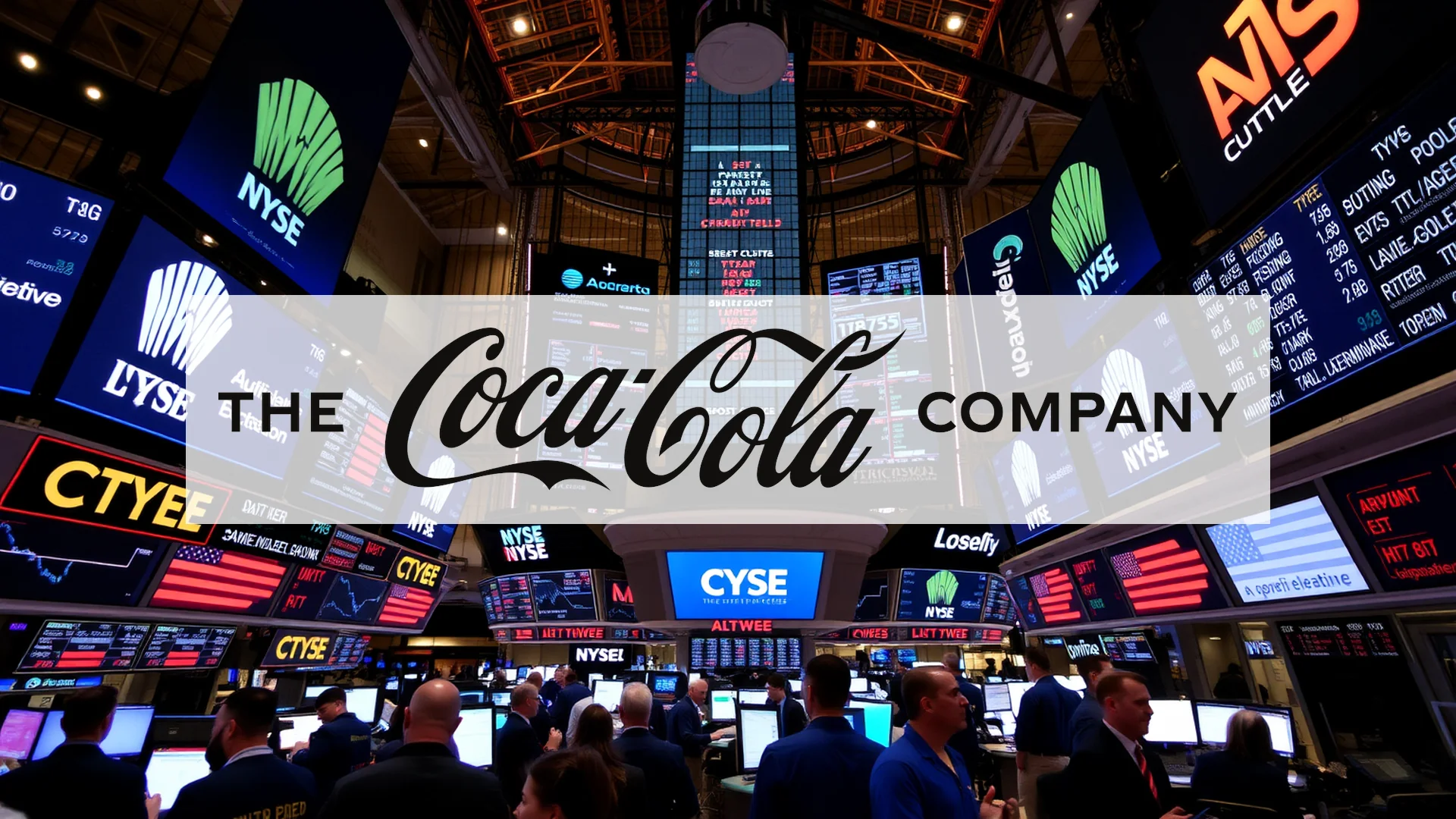Hoegh Autoliners, the Norwegian specialist in vehicle transportation, delivered a sobering September update that caught investors off guard. The company issued a severe downward revision to its EBITDA forecast, contradicting expectations of stable performance in an already challenging market. This announcement triggered a 12 percent plunge in the share price, driving the stock to its lowest point since July.
Weakening Trade Dynamics and Falling Rates
The company’s Chief Executive, Andreas Enger, offered a stark assessment, stating that the third quarter was “impacted by a weakening trade balance that is likely to persist.” This represents a significant shift from the firm’s previously optimistic tone and signals that the difficulties within the global shipping sector may be more profound than initially anticipated.
Operational data underscores these challenges. Despite transporting 4.0 million cubic meters of cargo during the third quarter, Hoegh Autoliners saw its average freight rates decline by 2.2 percent in September to $90.3 per cubic meter. This drop is a clear indicator of mounting pricing pressure across the industry.
Strategic Shift to Costly Short-Term Charters
Compounding these issues, the company has strategically increased its short-term charter commitments and associated costs through 2025 to maintain its transport capacity. This pivot toward more expensive, short-term contracts suggests a willingness to sacrifice profit margins in order to defend its market share.
Should investors sell immediately? Or is it worth buying Hoegh Autoliners ASA?
This approach marks a departure from the company’s historically disciplined management of capacity. The current leadership appears to be prioritizing tactical flexibility over cost optimization, a move that highlights the exceptionally difficult nature of present market conditions.
Regulatory Headwinds Add to Cost Pressures
Further clouding the outlook, new US port fees for foreign vessels are scheduled to take effect on October 14, 2025. According to previous company statements, these fees could impose approximately $30 million in additional annual costs. Enger confirmed that the company “continues to monitor the implementation of the USTR port fees, which are likely to create additional cost pressure in the coming months.”
Although management is actively engaged in customer negotiations to mitigate the financial impact of these fees, the lingering regulatory uncertainty remains a significant burden for profit margins that are already under substantial pressure.
Ad
Hoegh Autoliners ASA Stock: Buy or Sell?! New Hoegh Autoliners ASA Analysis from November 24 delivers the answer:
The latest Hoegh Autoliners ASA figures speak for themselves: Urgent action needed for Hoegh Autoliners ASA investors. Is it worth buying or should you sell? Find out what to do now in the current free analysis from November 24.
Hoegh Autoliners ASA: Buy or sell? Read more here...

